You might not realize it, but enhancing your joint flexibility and movement naturally can greatly impact your daily life. By incorporating simple practices like stretching and targeted exercises, you can improve your range of motion and reduce discomfort. It's not just about physical activity; the right nutrition plays an essential role too. From anti-inflammatory foods to hydration, every choice you make contributes to your joint health. So, what specific strategies can you adopt to make a tangible difference in your mobility?
Understanding Joint Flexibility
When you think about joint flexibility, it's important to recognize that it plays a crucial role in your overall movement and physical performance. Joint flexibility refers to the range of motion in your joints, influenced by the surrounding muscles, tendons, and ligaments. This flexibility allows you to perform daily activities with ease, whether you're picking up a box, bending down to tie your shoes, or engaging in sports.
Understanding joint flexibility starts with acknowledging the different factors that affect it. Your age, genetics, activity level, and overall health can all play a part. For instance, younger individuals often have greater flexibility due to more elastic connective tissues, while those who are less active may experience stiffness over time.
You might also consider the types of joints in your body. Some joints, like the ball-and-socket joints in your hips and shoulders, allow for a wider range of motion than others, such as hinge joints in your knees and elbows.
To assess your joint flexibility, think about how easily you can perform movements like reaching overhead or squatting. If you notice restrictions, it might indicate that certain areas need more attention.
Incorporating activities that promote flexibility, such as yoga or dynamic stretching, can greatly enhance your range of motion. By understanding joint flexibility and its implications, you'll be better equipped to improve your overall mobility and physical performance.
Benefits of Stretching
Stretching offers a multitude of benefits that can enhance your overall well-being and physical performance. When you incorporate stretching into your routine, you'll notice improved flexibility, which can lead to better movement efficiency in your daily activities and workouts. Increased flexibility allows your joints to move through their full range, reducing the risk of strains and injuries.
Moreover, stretching can considerably alleviate muscle tension. After a long day or an intense workout, tight muscles can lead to discomfort. By stretching, you can relax these muscles and promote a sense of relief. This relaxation also helps to reduce stress, contributing to a calmer mind and improved focus.
You might also find that stretching enhances your posture. Tight muscles often lead to imbalances that can affect how you carry yourself. Regular stretching can help correct these imbalances, allowing you to stand and sit more comfortably and confidently.
Additionally, stretching promotes better circulation. Improved blood flow not only nourishes your muscles but also helps in recovery after physical activity. As a result, you'll feel less soreness and be able to bounce back quicker.
Lastly, let's not forget the mental benefits. Taking time to stretch encourages mindfulness and body awareness, which can enhance your overall mood and well-being.
Effective Exercises for Mobility
Incorporating effective exercises for mobility into your routine can take the benefits of stretching to the next level. These exercises not only enhance your flexibility but also improve your strength and stability, making daily activities easier and more enjoyable.
Start with dynamic stretches, like leg swings and arm circles, to warm up your muscles and joints. These movements increase blood flow and prepare your body for more intense workouts.
Next, consider adding yoga or Pilates to your weekly schedule. These practices focus on controlled movements and deep breathing, which can greatly enhance your range of motion. Poses like downward dog and warrior II promote flexibility in your hips, spine, and shoulders.
Don't underestimate the power of foam rolling, either. This self-myofascial release technique targets tight muscles and fascia, improving your mobility by breaking up adhesions and promoting blood flow. Spend a few minutes rolling out key areas like your quads, hamstrings, and back.
Another effective option is resistance band exercises. Bands provide constant tension, which can help you build strength while improving your joint mobility. Incorporate movements like banded side steps and shoulder presses to engage multiple muscle groups.
Finally, always listen to your body. If something doesn't feel right, adjust your approach. Consistency is key, so aim to include these exercises in your routine several times a week. This commitment will lead to noticeable improvements in your overall mobility and joint health.
Nutritional Support for Joints
A balanced diet plays an important role in supporting joint health and flexibility. When you focus on what you eat, you can greatly boost your joints' performance.
Start by incorporating anti-inflammatory foods like fatty fish, such as salmon and mackerel, which are rich in omega-3 fatty acids. These healthy fats help reduce inflammation and alleviate joint pain.
Don't forget to load up on fruits and vegetables. Colorful options like berries, spinach, and kale are packed with antioxidants, which combat oxidative stress and promote joint health.
Try to include a variety of colors on your plate to maximize nutrient intake.
Whole grains, like brown rice and quinoa, provide important nutrients, including fiber, which helps maintain a healthy weight. Keeping your weight in check is essential since excess pounds can put additional stress on your joints.
You might also consider adding nuts and seeds to your diet. Almonds, walnuts, and chia seeds are excellent sources of healthy fats and protein, supporting cartilage health.
Another key nutrient for joint support is vitamin D, which you can obtain from fortified foods, dairy products, or sunlight exposure. Calcium is equally important for maintaining strong bones.
Include dairy or fortified plant-based alternatives to make sure you're getting enough.
Lastly, stay hydrated. Water is important for maintaining joint lubrication and function.
Lifestyle Changes for Improvement
To enhance joint flexibility and overall movement, consider making specific lifestyle changes alongside your nutritious diet. One of the most impactful changes you can make is to incorporate regular physical activity into your routine. Aim for a mix of cardio, strength training, and flexibility exercises, like yoga or Pilates. These activities not only strengthen the muscles around your joints but also improve your overall range of motion.
Additionally, pay attention to your posture throughout the day. Poor posture can lead to imbalances that strain your joints. Make an effort to sit and stand tall, keeping your shoulders back and your spine aligned. You might also want to take frequent breaks if you spend long hours sitting, as this can help alleviate stiffness.
Hydration is another key factor in joint health. Make sure you're drinking enough water daily. Proper hydration helps maintain the synovial fluid that lubricates your joints, keeping them functioning smoothly.
Don't overlook the importance of sleep. Quality sleep allows your body to repair itself, which is vital for joint recovery and overall mobility. Aim for 7-9 hours of restful sleep each night.
Finally, consider reducing stress through mindfulness practices like meditation or deep-breathing exercises. Stress can lead to muscle tension, negatively affecting your joints.
Conclusion
Incorporating these strategies into your daily routine can greatly enhance your joint flexibility and movement. By understanding the importance of stretching, engaging in targeted exercises, and nourishing your body with anti-inflammatory foods, you're setting yourself up for success. Don't forget to stay hydrated and manage stress, as these factors play an essential role in your overall mobility. Embrace these holistic approaches, and you'll notice improved flexibility and a more active, pain-free lifestyle.



